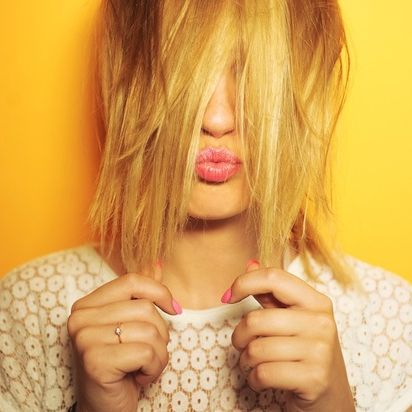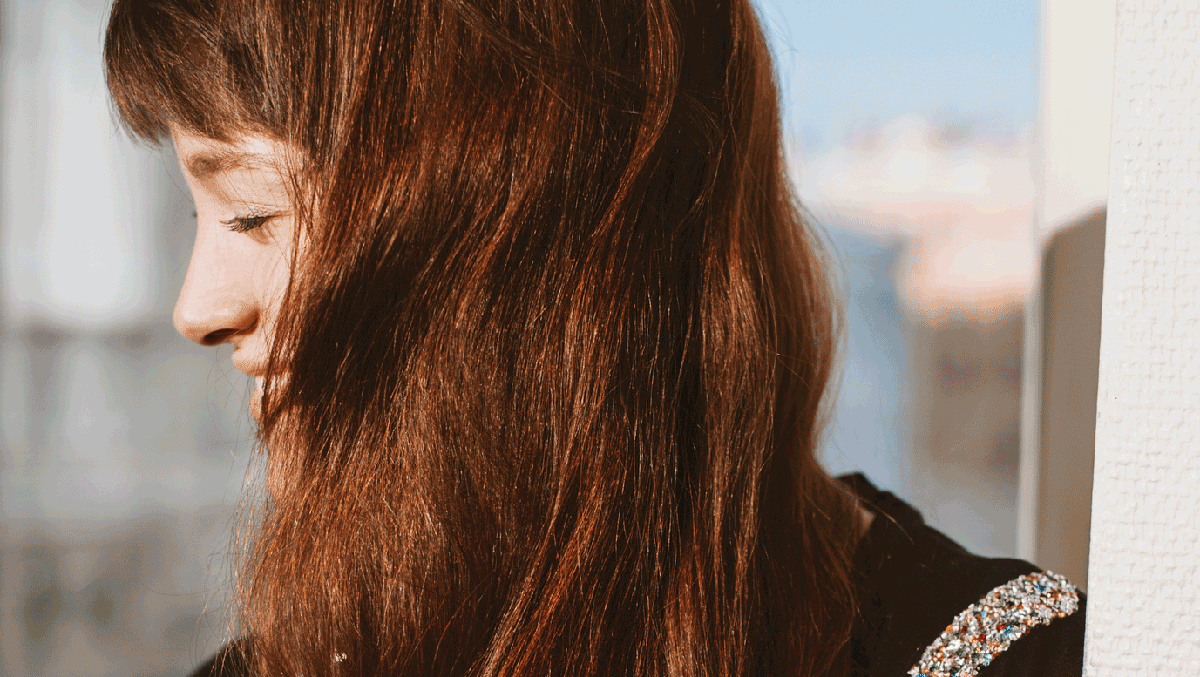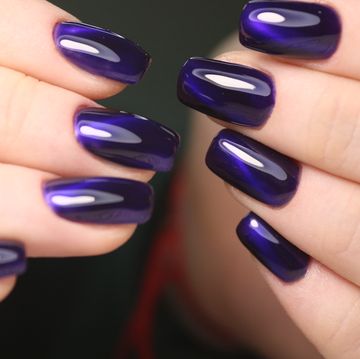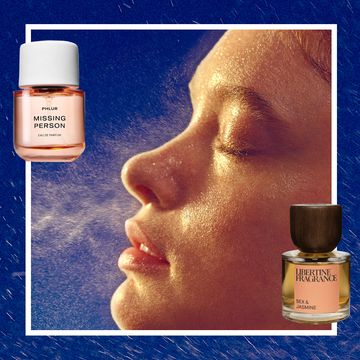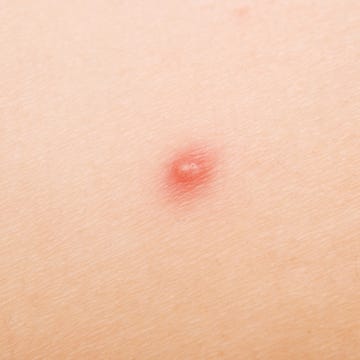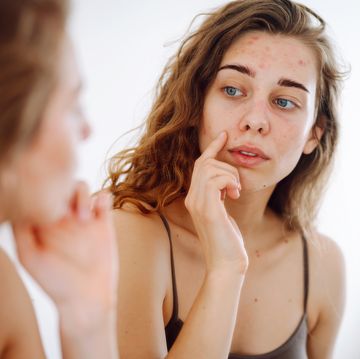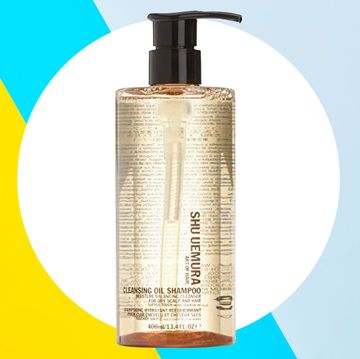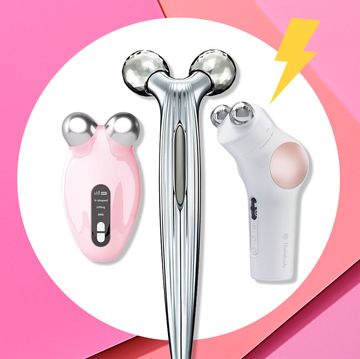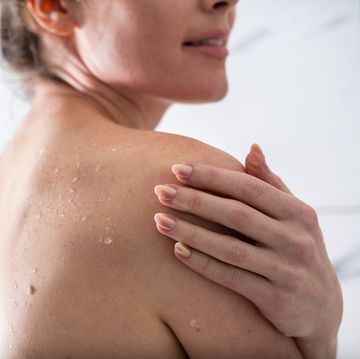If you’ve noticed that your hair looks or feels different from several years ago, it’s not just your imagination. Turns out, a variety of factors can actually change both the color and texture of strands through the years. We asked Joshua Zeichner, M.D., director of cosmetic and clinical research, department of dermatology, at New York City’s Mount Sinai Hospital to explain why your locks lost their curl or have a new hue. Here are the biggest culprits:
1. Stress
"Whether it’s relationship difficulties or an important work deadline, both situations put the body under stress,” says Zeichner. And rapid hair loss—a condition known as telogen effluvium—can occur three months after the stressful event. Basically, hairs are shocked into a resting phase and then fall out. “The good news is that this isn’t permanent, and the hair will grow back after a few months,” says Zeichner. To help speed things along, you can try a hair supplement like Nutrafol for Women ($88, nutrafol.com), which is clinically proven to reduce stress-related hormones and encourage fuller growth.
2. Hot Heat
Blow-dryers are the main culprit behind sizzled hair, and hot styling tools like flat irons and curlers make it even worse by adding a pulling tension that combines with heat to deeply damage strands. “Heat that is too hot can literally form bubbles on the hair shaft, which makes the hair coarse and promotes breakage,” says Zeichner. Using hot heat on the reg can also cause your color to dull, so pick tools with ionic or ceramic technology that dry hair using much less heat than traditional options. (We think it’s well worth the added cost!) And be sure to lower heat settings on adjustable tools to the lowest you can go while still getting results.
3. Chemical Treatments
There’s no way around it: Using bleach to lift hair color will weaken hair bonds, leading to drier texture and damage, says Zeichner. If you love going lighter, ask your stylist about Olaplex—a celeb favorite that’s worked into the coloring process to reconnect broken disulfide sulfur bonds for a healthier result. And as you’ve likely noticed if you hit up the salon for a dye job frequently, dye oxidizes and changes the color of hair over time. Zeichner also warns that popular keratin and Brazilian straightening treatments—in spite of often being marketed as nourishing—will also damage bonds, changing hair texture in the process.
4. Genetics and Aging
Have you already seen your first gray? It’s not your fault—you likely have mom or dad to blame. “Graying hair is thought to be due to a build-up of hydrogen peroxide in the hair shaft, which destroys pigment,” says Zeichner. The age at which your body accumulates hydrogen peroxide is largely determined by genetics, adds Zeichner. Genetics also determine hair texture and color and are a strong factor behind how your hair will age. Meanwhile, aging itself draws color and shine from hair, so your natural hue will likely change a bit with each passing decade. The diameter of your hair will also grow smaller, making for less fullness.
5. Medical Conditions and Illness
Hair that suddenly thins out can be an external symptom of something going internally wrong within the body. Anemia (low iron levels in the blood) and insufficient vitamin D levels (generally, not enough sun) can bring on thinning hair, as can thyroid disease, says Zeichner. A low-functioning thyroid will slow hair growth and will either turn it coarser or thinner. Not getting enough nutrients in your diet can also thin out hair, and patients who are on long-term diets and juice cleanses (more than a day or two) may experience hair falling out as a result of not getting enough protein.
6. Pregnancy
When a woman is expecting, her hair often looks thicker, shinier, and changes texture—for example, curly hair may suddenly look straighter. This is because higher levels of estrogen during pregnancy prolong the growth phase of hair, suspending it here so that strands don’t shed like they usually do. Months after pregnancy, many women experience thinning as the growth cycle resets, and a whole bunch of hair falls out at once. Fortunately, things return to normal with the new cycle—it just takes time and patience for hair to regrow. While it’s super common, not all women necessarily experience the phenomenon with pregnancy.
The bottom line: Several factors can change the color and texture of hair throughout your lifetime. They include stress, chemical hair treatments, heat styling, genetics, aging, medical conditions and illness. and pregnancy. With all of these things considered, it’s not unusual to see color and textural changes with each passing decade of your life.
